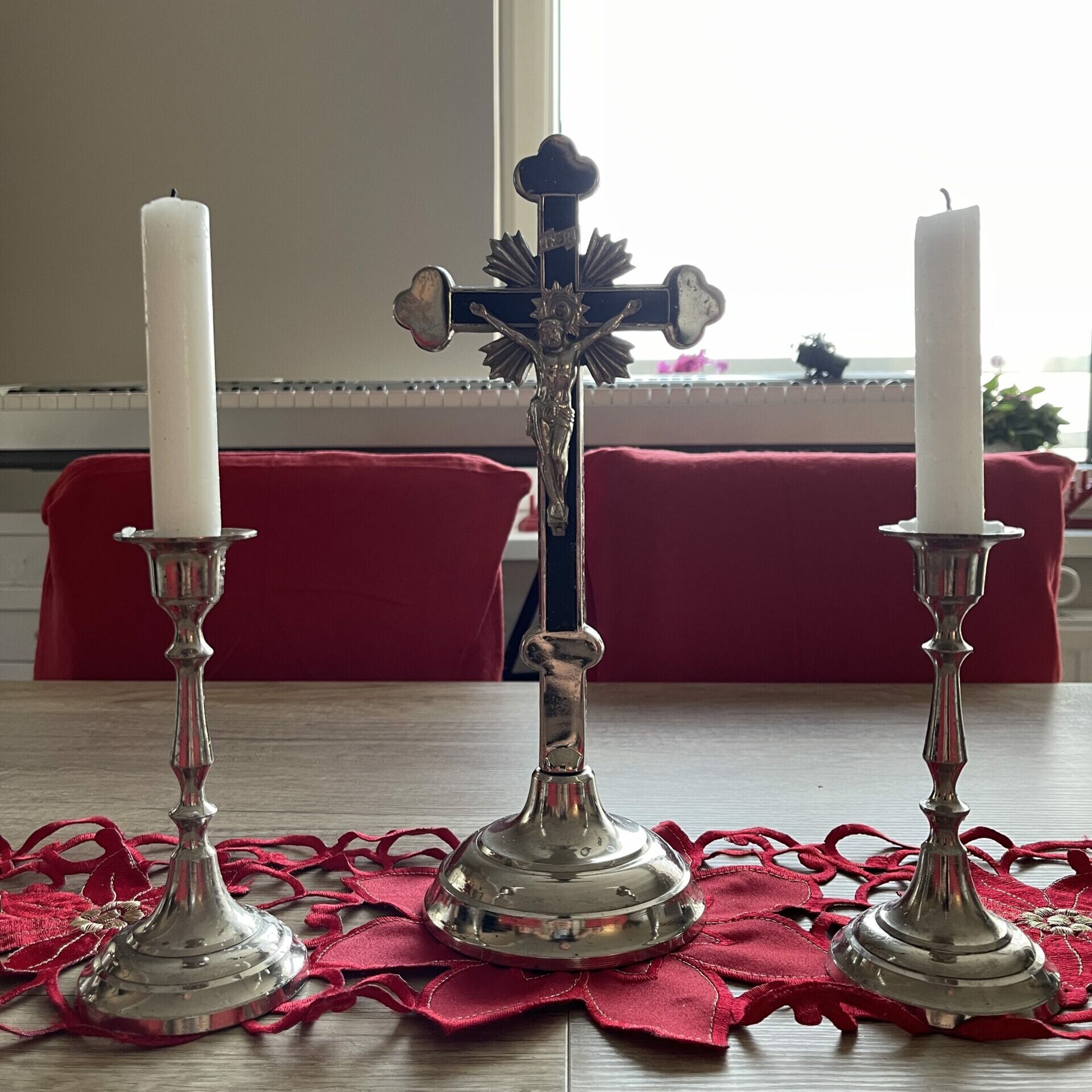Estimated reading time: 2 minutes
Priests’ visits, depending on the parish and the region, take place in different time frames. Nevertheless, they are always in the period around Christmas. Priests visit their parishioners and chalk the door.
A priest’s traditional round of visits to parishioners, or ‘kolęda’ in Polish, is the custom, which originated in the Middle Ages, of priests visiting their parishioners at Christmas.
From the 13th century onwards, the priest’s visits became rooted in Christian content. A specific liturgical ceremony was observed during priests’ visits. The priest visiting parishioners is dressed in a surplice and stole. In his hand, he holds a cross or a reliquary. He is accompanied by a churchwarden or altar boys.
The visits take place in the afternoons so as not to disrupt the order of service. The altar boys announced the arrival of the priest by ringing a bell. At the entrance, they sing 1 or 2 stanzas of a carol.
The 1983 Code of Canon Law (can. 529 &1) says that the celebration of priest’s visits is the duty of parish priests, who themselves and through their vicars should get to know their parishioners (especially the sick, the poor, the lonely).

Polish customs related to priest’s visits are adapted to liturgical regulations and also depend on local traditions.
During the priest’s visits, there is a joint prayer, followed by the sprinkling of the rooms with holy water and, finally, a blessing. The members of the household should prepare a table covered with a tablecloth, place a cross, two candlesticks with candles and a vessel with holy water and an aspergillum. According to tradition, the door is marked with chalk writing the initials C+M+B (Caspar, Melchior, and Balthazar) and the year as a sign that the household has accepted Epiphany.
